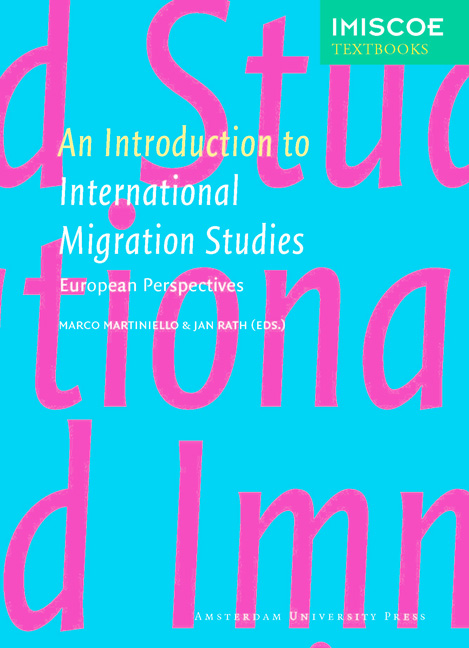2 - Beyond ‘Push-Pull’: The Economic Approach to Modelling Migration
Published online by Cambridge University Press: 14 January 2021
Summary
Introduction
Studies of labour migration currently abound in economics, both in the more theoretical branches of the discipline and in empirical research. Economists have always had an interest in analysing labour mobility and the determinants and consequences of location choices. In recent decades, labour migration has become a central feature of many macroeconomic models. It has also been studied in great detail in applied microeconomic analyses.
Traditionally, migration research in economics has centred on four key themes. First, the determinants of migration have been the focus of studies that analyse migration decision-making processes and secular trends and fluctuations in migration flows. The second key theme is the economic consequences of migration for the sending and receiving societies. These have been analysed from both a short-term welfare perspective and a long-term view regarding the economic growth effects of migration. Recent empirical studies have focused on the labour market, examining the impacts of immigration and emigration on wages and employment rates, respectively, for natives in the destination countries and for stayers in the home countries. A third theme, and one on which there is increased interest among economists, is the experience of migrants in their countries of destination. Research on this theme has contributed to the refining of explanations of migrants’ labour market integration, the mechanisms of labour market discrimination, the economic behaviour of migrants and their intergenerational mobility, as well as choices over their duration of stay abroad. Fourth, economists have modelled changes in migration policy regimes using neoclassical theories of trade and factor mobility. Similarly, they have tested the predictions of economic theory with regard to public attitudes towards immigration. These four themes are interrelated, and sometimes overlap. While the specific research questions explored offer an infinitely more richly shaded mosaic, these topics provide a useful synopsis for understanding the potential and limitations of an economic approach to the study of migration.
This chapter briefly introduces these research topics and discusses some of the methodological assumptions they entail. One aim is to show how advances in both theoretical modelling and empirical implementation have managed to define the economic counterparts of concepts from other social sciences.
- Type
- Chapter
- Information
- An Introduction to International Migration StudiesEuropean Perspectives, pp. 25 - 56Publisher: Amsterdam University PressPrint publication year: 2012



